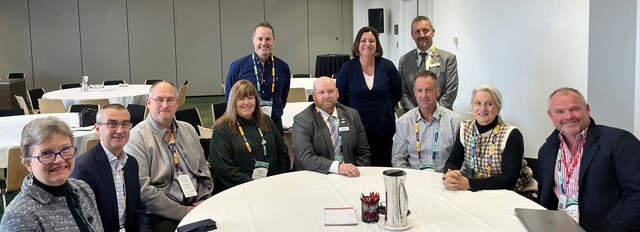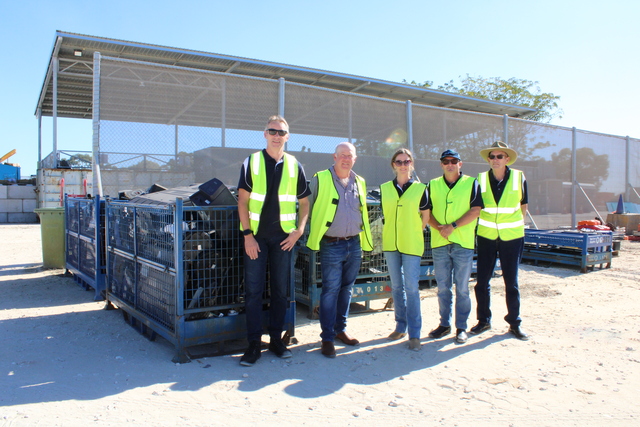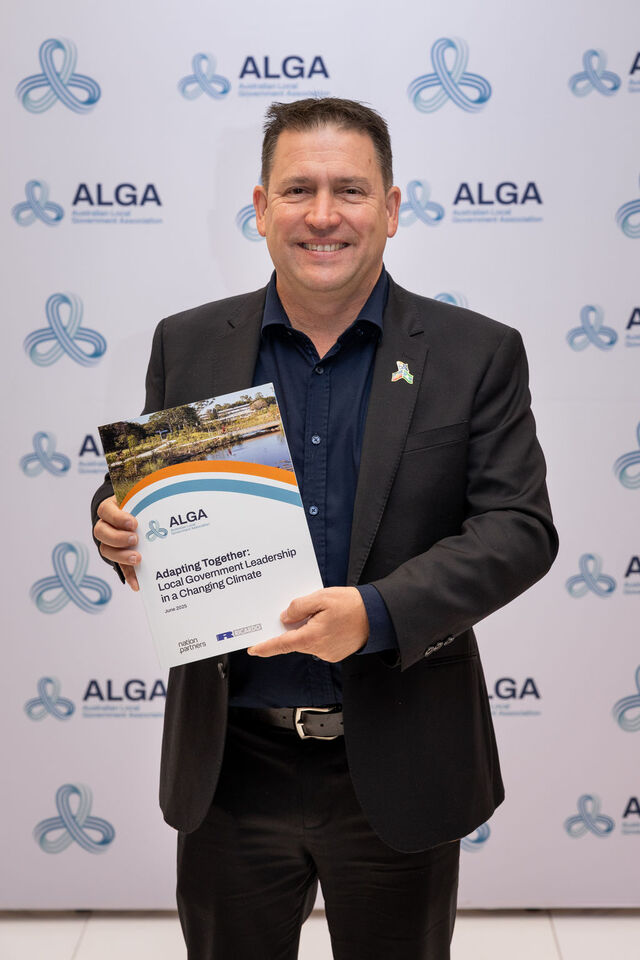A report commissioned by the Local Government Association of Queensland has revealed Queensland councils want to utilise more digital technology in their operations and services.
The Digital Productivity Report 2015 also reveals that many councils planning to incorporate digital innovation are being hampered by lack of money, time, skills, confidence and reliable communications infrastructure.
The study, which canvassed the opinions of 66 councils, found that almost three-quarters of Queensland’s councils expect to conduct between 40 and 100 percent of their transactions online in five years, while 69 percent view technology as a driver of increased productivity.
LGAQ president Cr Margaret de Wit said some councils had adopted digital transformation with more confidence than others.
“The survey results show that councils want to connect and collaborate with their communities in new ways and be more productive.
“But it also shows councils need additional measures to ensure they can achieve these goals.
More than 75 percent of councils surveyed believe internet coverage and speed is a barrier to advancing their digital agenda.
Cr de Wit said this “highlights the need for state-wide communications infrastructure, the need for increased investment and the potential for collaboration between councils”.
“The need for telecommunication infrastructure is crucial. This is more than the NBN, but rather the need to ensure our towns have the core optic fibre backbones that will deliver exchange-based services and improved mobile phone networks.
‘This is particularly important in Cape York, the Gulf, South-West Queensland and other parts of the state where there are network capacity issues.
It is recognised that Telstra needs to operate commercially, and these are challenging areas because of the long distances and small populations.”
LGAQ Innovation Executive Lou Boyle said the report provides an important call to arms for councils.
‘The LGAQ will be working with councils to raise awareness of the benefits of new technologies, in particular the use of drones, the benefit from the internet of things, asset management such as vehicle tracking, and smart lighting.
“We’ll continue with our Innovation Roadshows, which brings together national managers from leading blue chip companies to deliver tailored messages which take into account the available telecommunication infrastructure.”








